Great Australian Bight oil fight: Sea Shepherd shares photos of wildlife diversity in campaign to protect seascape
PLAYFUL sea lions, endangered wallabies, hidden peninsula dragons - these are the pictures conservationists want Australians to see as part of the fight to save the Great Australian Bight from oil exploration.
SA News
Don't miss out on the headlines from SA News. Followed categories will be added to My News.
PURPLE people eaters, otherwise known as horseshoe leatherjackets, swim in and around a rocky reef.
Playful endangered sea lions look at cameras with both smiles and frowns.
A rare peninsula dragon reveals itself cautiously nestled between two rocks on an island 70km kilometres from mainland South Australia.
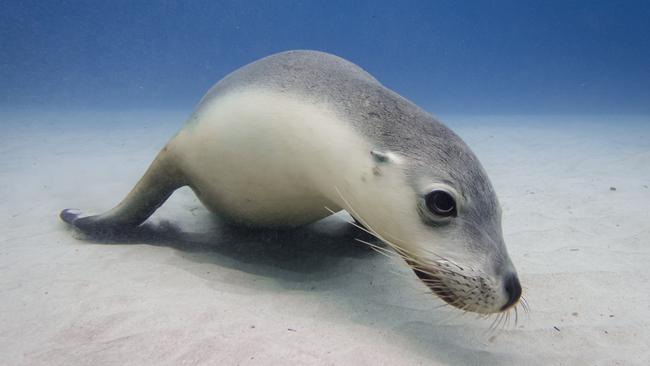
These are the pictures conservationists want Australians to see as part of the fight to save the Great Australian Bight from oil exploration.
Conservation group Sea Shepherd, known for its sometimes violent confrontations with Japanese whalers, this week arrived in Port Adelaide on its ship the Steve Irwin armed with what they hope will be a key weapon in a battle for the Bight.
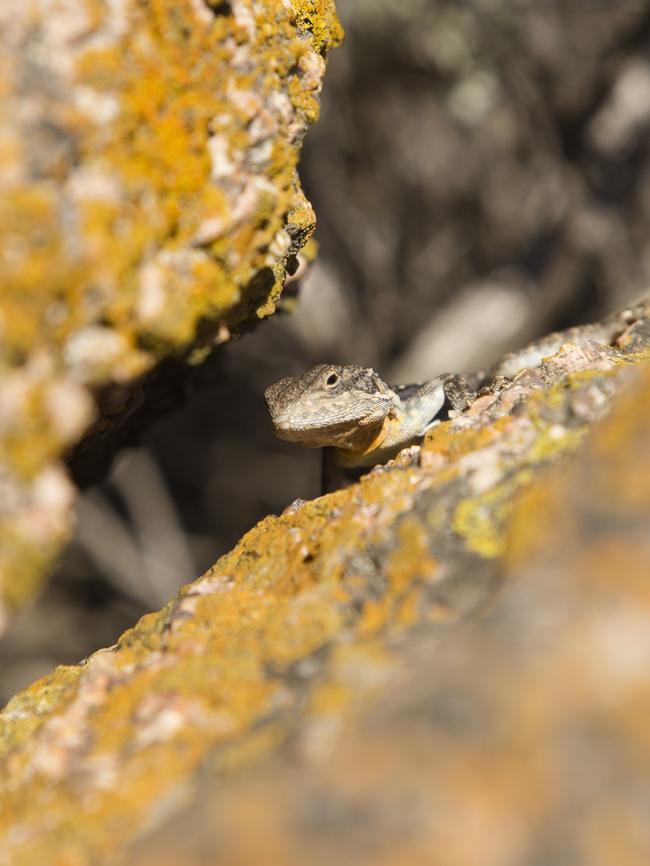
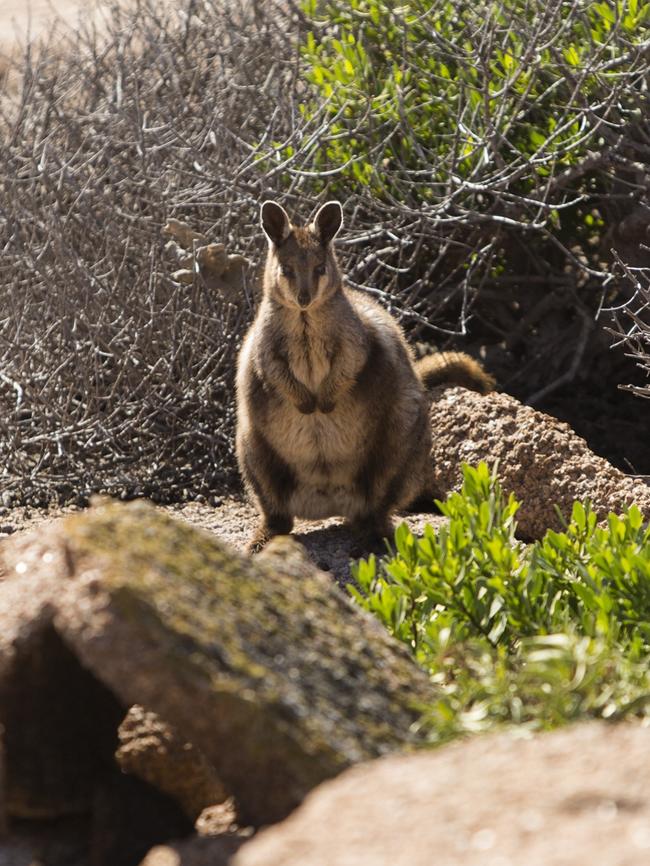
The group, part of the Great Australian Bight Alliance – a band of environmentalists from several groups including the Bob Brown Foundation and SA’s Wilderness Society – headed to The Bight armed with underwater video cameras.
The Alliance will make a follow-up documentary to Operation Jeedara, which showcased the beauty of the region from above, by this time going underwater.
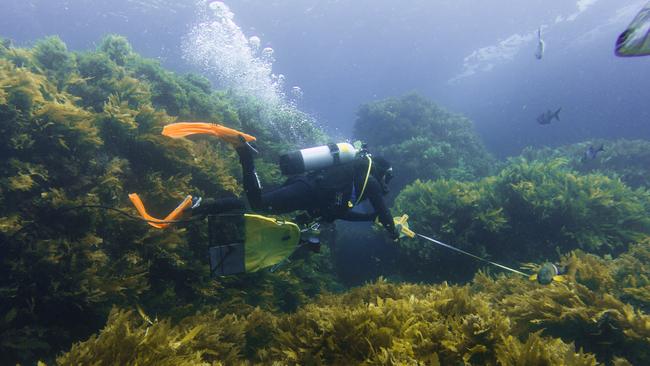
Sea Shepherd managing director Jeff Hansen said even he wasn’t prepared for what the crew saw on the trip.
“I did not think places like this still existed,” he told the Sunday Mail.
“The state of the algae was vibrant and healthy, they were like forest swaying in the breeze.
“Just the plant life was amazing and then you add the marine life and it was just amazing. It is hard to believe we still have places like this.
“We go on about the Great Barrier Reef and it being in trouble. But we still have really intact great wilderness areas in the Bight and South Australians and Australians should be very proud of what is there. It should be a tourism mecca for the world.”
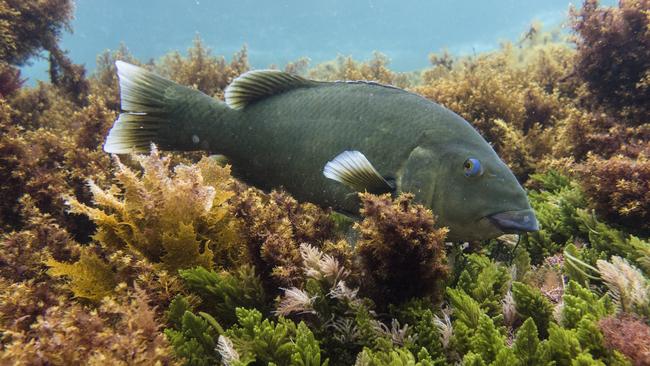
The trip comes as two Norwegian oil companies in early March lodged their latest plans with the independent national umpire for approval to test in a large area in the Bight – 51km from land on Eyre Peninsula, 90km west of Kangaroo Island and 80km south-southwest of Port Lincoln.
Approval by the National Offshore Petroleum Safety and Environmental Management Authority would mean the closest testing to land since the prospecting began in 2014.
Last October, Chevron dumped its $500 million plan to drill in the Bight. A year earlier, BP abandoned its $1.4 billion offshore drilling program in the region.
Mr Hansen said Statoil, one of the Norwegian companies that has shown interest in the Bight, is highly organised.
“They are planning on drilling by the end of the year,” he said.
“They haven’t started their consultation yet but the reality is that there is no social licence.
“They are putting at risk $2.1 billion worth of fisheries and tourism jobs.”
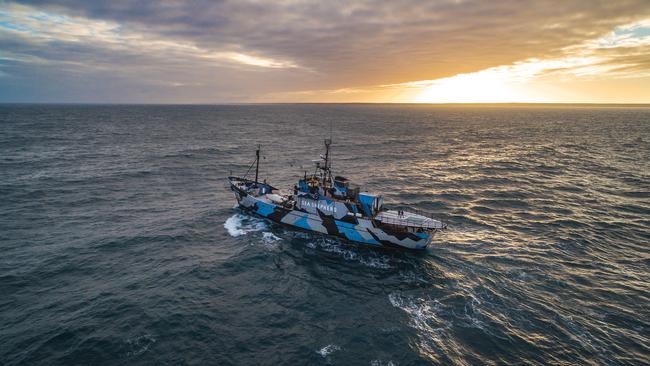
Mr Hansen said Sea Shepherd will keep its tactics close to its chest if drilling was to start in the Bight.
“We have been pretty successful over the years going up against big opposition, like the Japanese whaling fleet backed by the Government of Japan. We saved over 7000 whales in Antarctica. We hope that the government steps up and represents the people of South Australia who should be concerned about this.”
Drilling will be safe, says Statoil
THE company set to begin oil exploration in the Great Australian Bight by the end of 2019 say they will draw on 45 years of experience and the support of the CSIRO to ensure drilling is safe.
Jacques-Etienne Michel, the Australian manager of Norwegian company Statoil that has two exploration permits for the Bight, told the Sunday Mail the company will only undertake drilling activity if it can be done safely.
“By the time we drill we will have spent more than two years planning this well to satisfy ourselves that we can operate safely and in accordance with Australia’s strict environmental and regulatory requirements,” Mr Michel said.
“We have collaborated with CSIRO to study the local environment and this is taken into account in our plans. Our exploration project is also designed to protect the interests of fishing, aquaculture and tourism operators.
“As the world’s leading deepwater operator, we will draw on more than 45 years of experience successfully operating in similar offshore environments.”
Mr Michel said the company, which has safely drilled more than 70 deep water wells around the world, has studied the geology of the area and believes it is well within safe operating parameters.
The Australian Petroleum Production and Exploration Association South Australia director Matthew Doman said significant spills are very rare.
“Oil and Gas exploration and production accounts for a small percentage of spills – accounting for around two per cent of marine pollution incidents,” Mr Doman said.
“The likelihood of these incidents actually occurring are very low and are generally overstated.”


